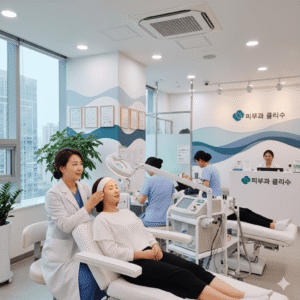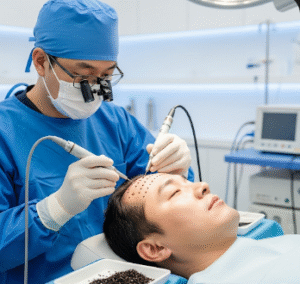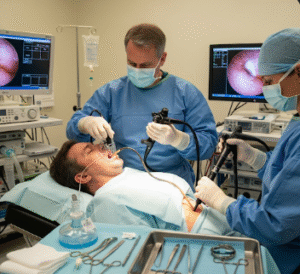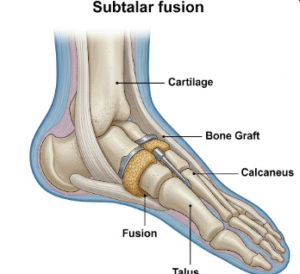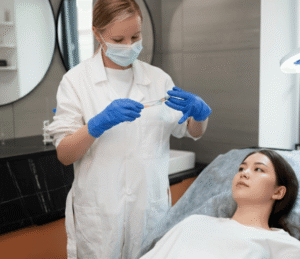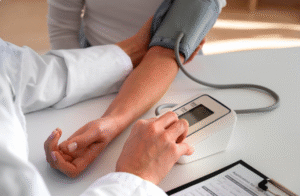Overview
Dilation and Curettage (D & C) is a common gynecological procedure performed to diagnose or treat various uterine conditions by removing tissue from the uterine lining (endometrium). It is widely used for abnormal uterine bleeding, incomplete miscarriage, or to obtain endometrial tissue for biopsy.
In South Korea, D & C is performed in advanced gynecology and reproductive health centers using modern surgical instruments and minimally invasive techniques, ensuring high safety, effectiveness, and rapid recovery.
What is Dilation and Curettage (D & C)?
D & C involves two main steps:
- Dilation: Gradual widening of the cervix to allow access to the uterine cavity.
- Curettage: Scraping or suctioning of the uterine lining to remove tissue.
Indications include:
- Abnormal uterine bleeding or heavy periods
- Retained tissue after miscarriage or abortion
- Removal of polyps or fibroids
- Diagnostic endometrial biopsy for cancer or hyperplasia
- Postpartum uterine clearance
Purpose:
- Diagnose uterine abnormalities
- Treat conditions causing bleeding or infection
- Remove retained tissue safely
- Restore uterine health and prevent complications
What are the Benefits?
D & C offers multiple therapeutic and diagnostic advantages:
✔ Rapid resolution of abnormal bleeding or retained tissue.
✔ Enables accurate diagnosis through tissue sampling.
✔ Minimally invasive with short procedure duration.
✔ Reduces risk of infection compared to untreated retained tissue.
✔ Can be combined with other gynecological procedures for comprehensive care.
Procedure Details
1) How should I prepare for D & C?
- Medical evaluation: Blood tests, pelvic ultrasound, and review of medical history
- Medication guidance: Adjust anticoagulants or other medications as advised
- Preoperative counseling: Discuss anesthesia options, procedure type (diagnostic vs therapeutic), and expected outcomes
- Fasting: Usually required if general anesthesia is planned
- Consent: Understand procedure, risks, and recovery expectations
South Korean gynecology centers provide personalized preoperative instructions to ensure safety and comfort.
2) What happens during D & C?
- Anesthesia: Local, regional, or general anesthesia depending on patient preference and clinical indication
- Cervical dilation: The cervix is gently widened using dilators
- Curettage:
- Traditional curette: Surgical scraping of the uterine lining
- Suction curettage: Gentle suction to remove tissue, commonly used after miscarriage or abortion
- Duration: Typically 10–30 minutes, depending on the purpose of the procedure
- Monitoring: Vital signs and bleeding monitored throughout
South Korean surgeons use precision instruments and aseptic techniques to minimize trauma and ensure complete tissue removal.
3) What happens after D & C?
- Immediate post-op: Mild cramping, spotting, or light bleeding may occur
- Medication: Pain relievers or antibiotics may be prescribed to prevent infection
- Follow-up: Pelvic examination or ultrasound to confirm complete tissue removal
- Activity: Light activity is usually permitted; avoid heavy lifting or sexual activity for 1–2 weeks
- Recovery: Most patients resume normal daily activities within a few days
Risks / Benefits
Potential Risks:
- ➤ Infection or uterine inflammation
- ➤ Heavy bleeding or hemorrhage
- ➤ Uterine perforation (rare)
- ➤ Scarring of the uterine lining (Asherman’s syndrome)
- ➤ Cramping, discomfort, or transient lightheadedness
Major Benefits:
- ✔ Rapid resolution of abnormal bleeding or retained tissue
- ✔ Accurate diagnosis of uterine conditions
- ✔ Minimally invasive and quick recovery
- ✔ Prevents complications associated with retained tissue or polyps
- ✔ Improves overall uterine health and reproductive outcomes
Recovery and Outlook
- Immediate: Mild cramping, light bleeding, or spotting
- 1–2 weeks: Bleeding and discomfort usually subside
- Follow-up: Recommended to ensure complete removal and monitor uterine healing
- Long-term: Most patients resume normal menstrual cycles; fertility is usually preserved
South Korean gynecology centers provide structured follow-up and patient education to ensure safe recovery and address any concerns promptly.
When To Call the Doctor
Contact your gynecologist if you notice:
- ➤ Heavy or prolonged bleeding
- ➤ Fever, chills, or signs of infection
- ➤ Severe abdominal pain or cramping
- ➤ Foul-smelling vaginal discharge
- ➤ Any unusual symptoms affecting reproductive health
Best Korea Option / Process
South Korea offers high-quality D & C services due to:
- Experienced gynecologists and reproductive health specialists
- Advanced minimally invasive surgical tools
- High safety standards with sterile operating environments
- Comprehensive pre- and post-operative care
- International patient support including scheduling, translation, and follow-up
- Rapid recovery and excellent clinical outcomes
Top hospitals for D & C in Korea:
- Samsung Medical Center, Seoul – Gynecology Department
- Asan Medical Center, Seoul – Women’s Health & Surgery
- Severance Hospital (Yonsei University Health System) – Reproductive Health Clinic
- Seoul National University Hospital – Gynecology & Minimally Invasive Surgery


